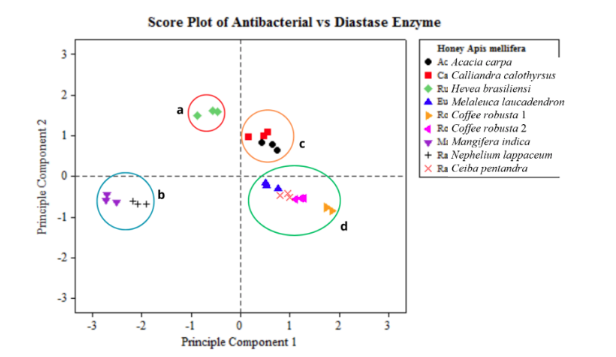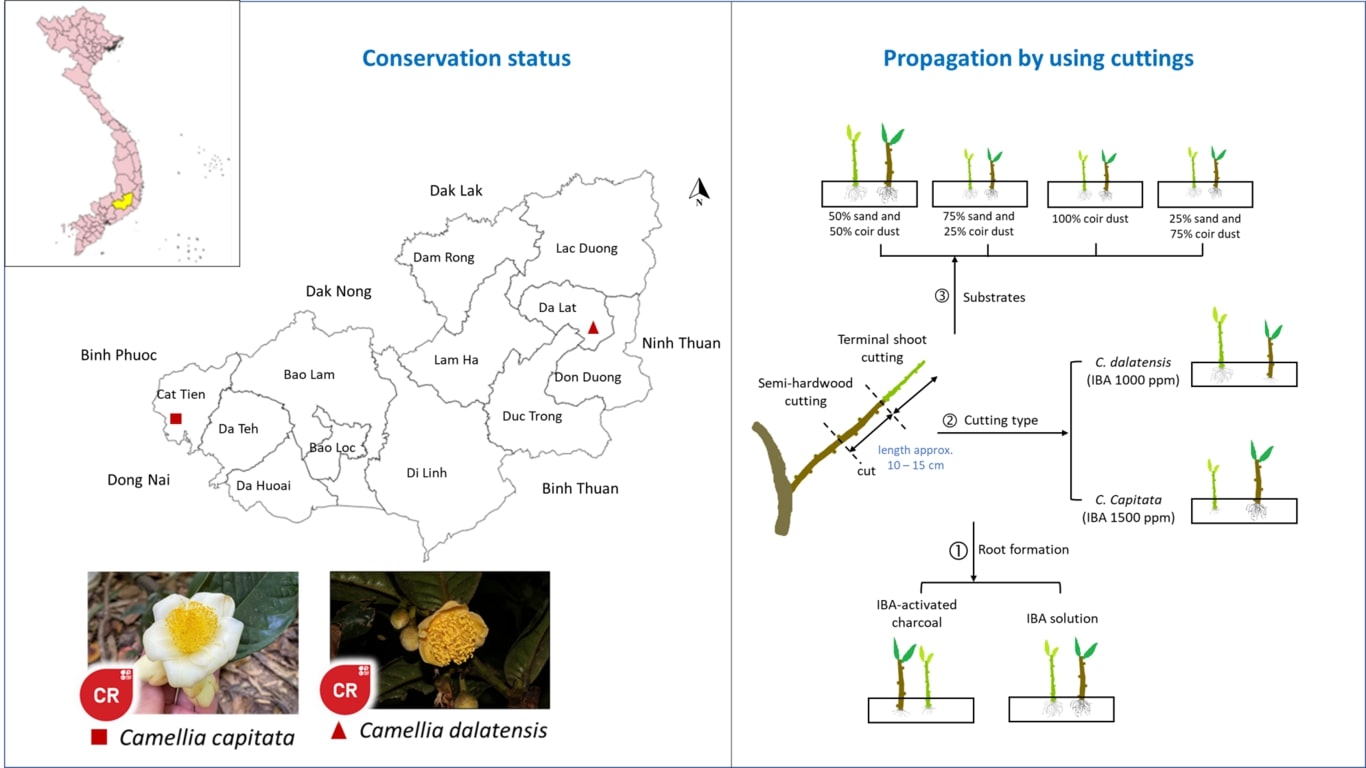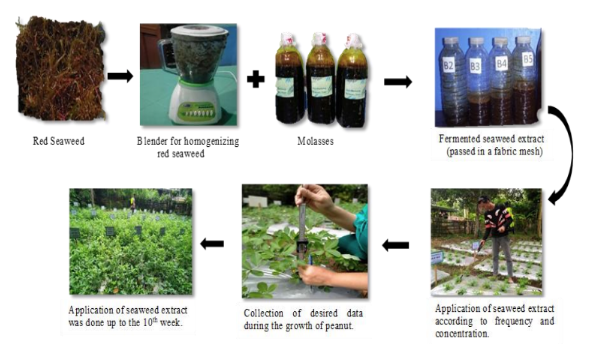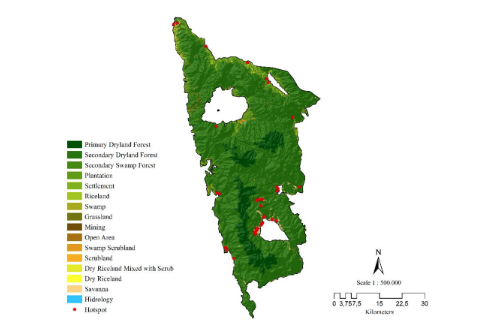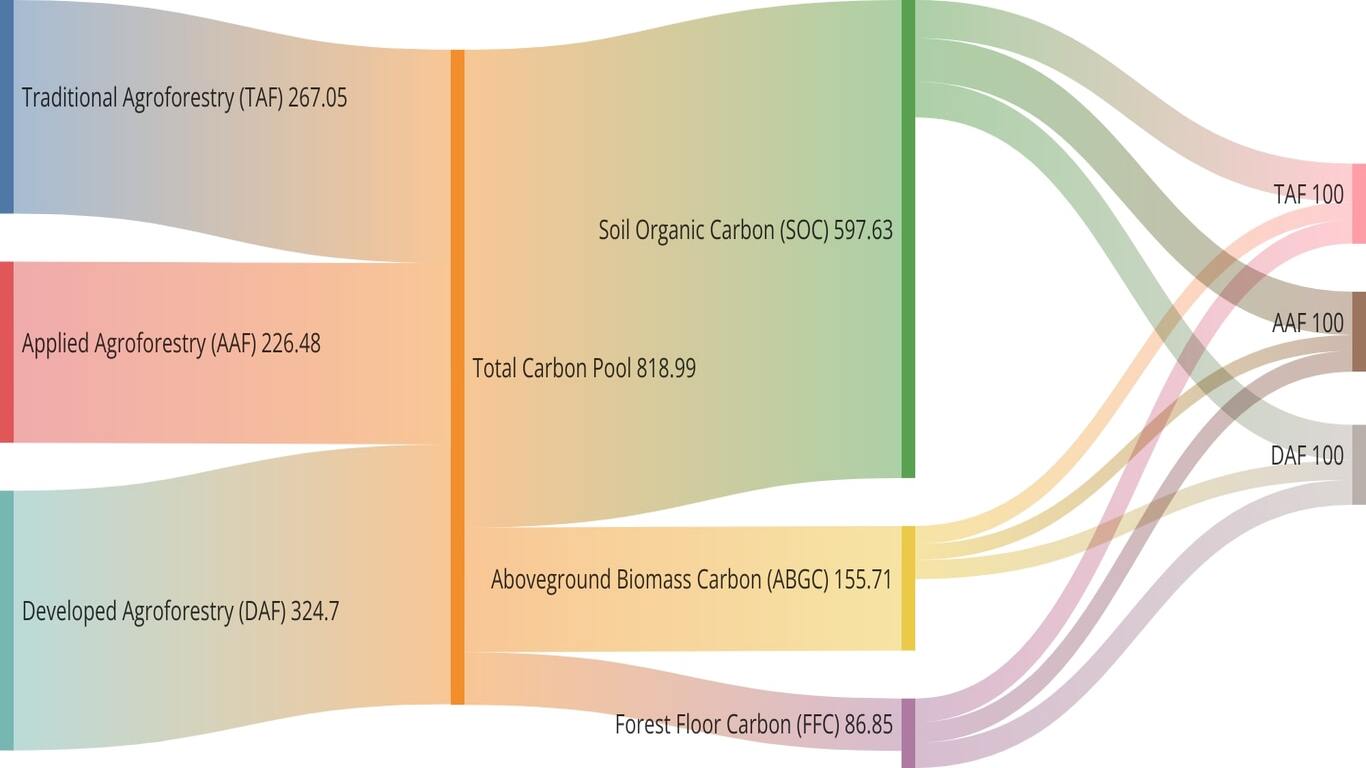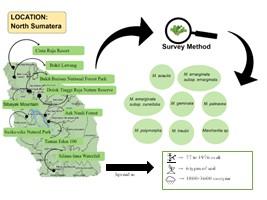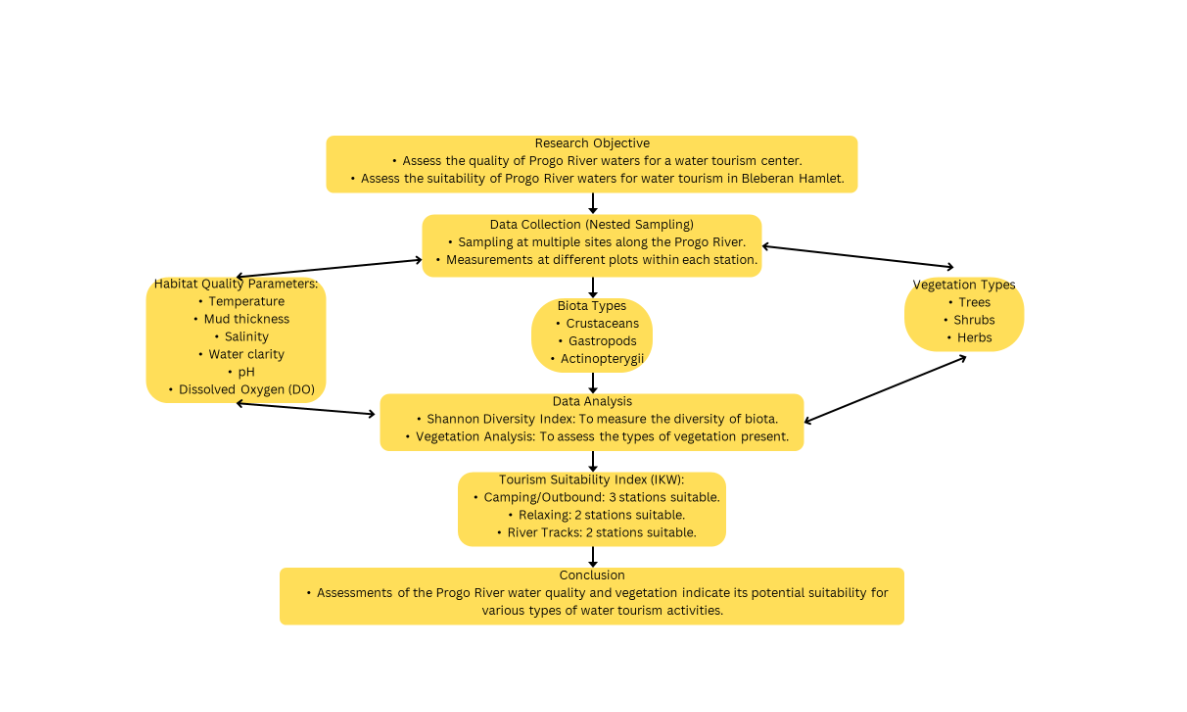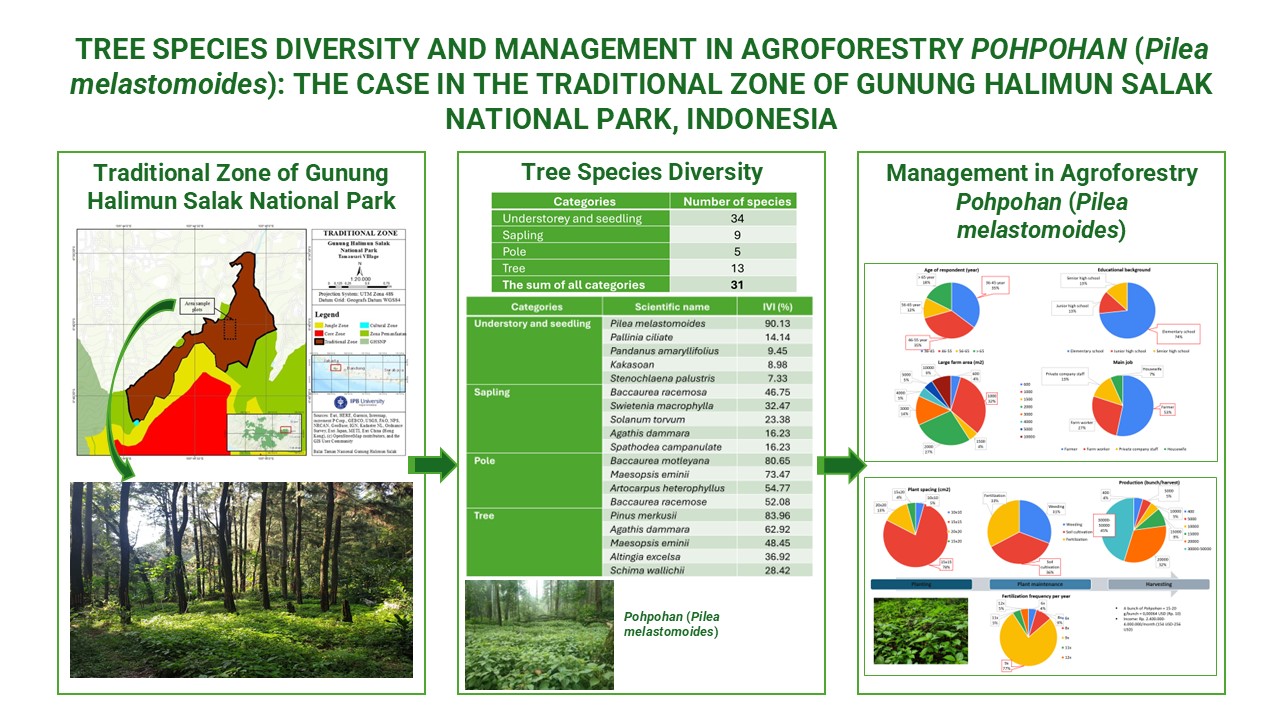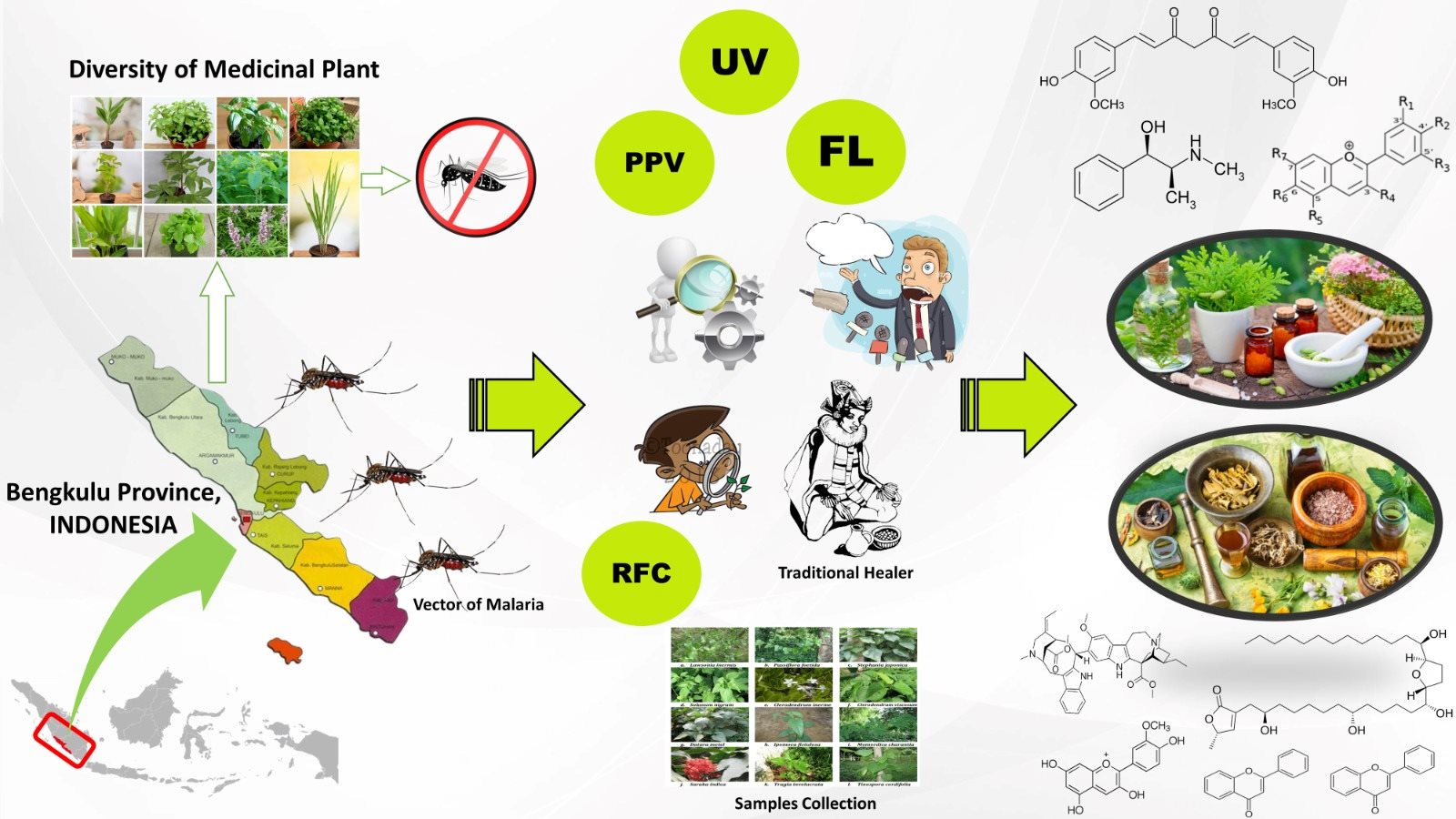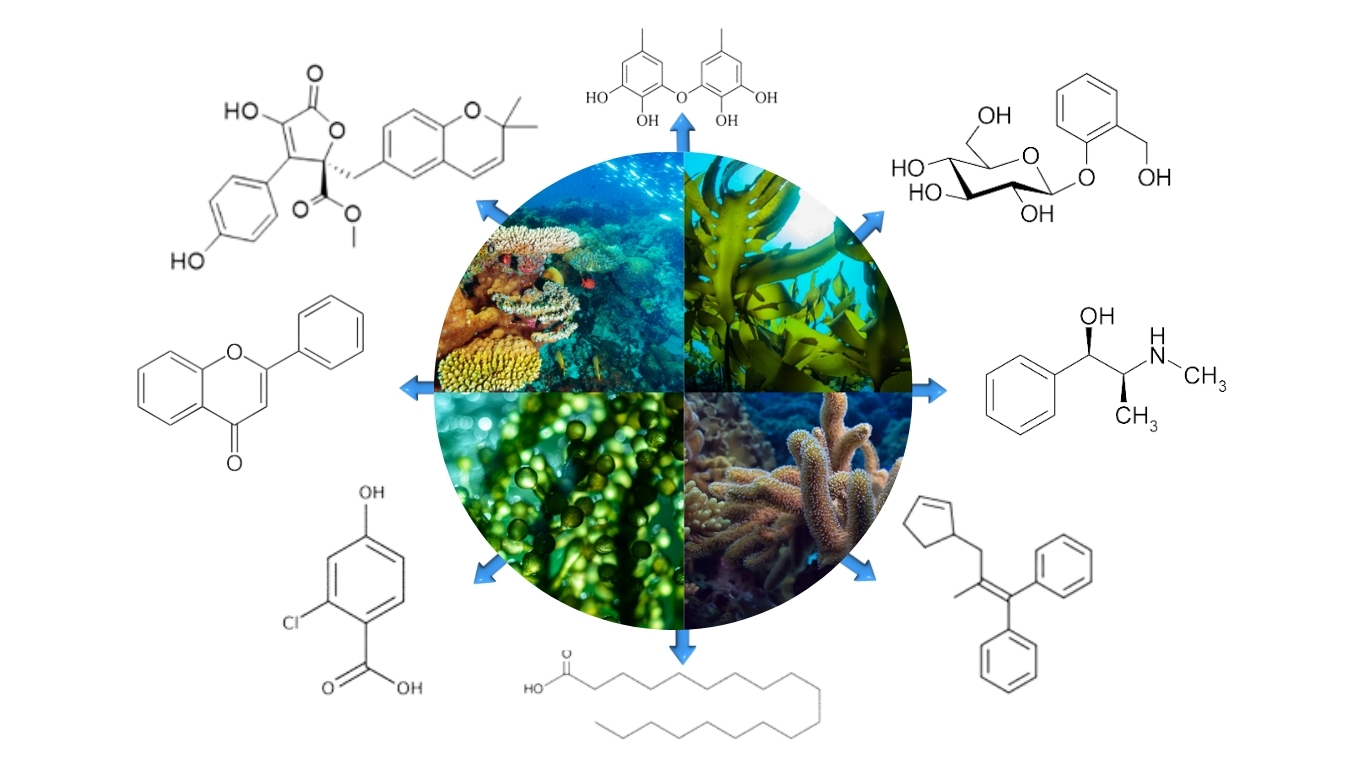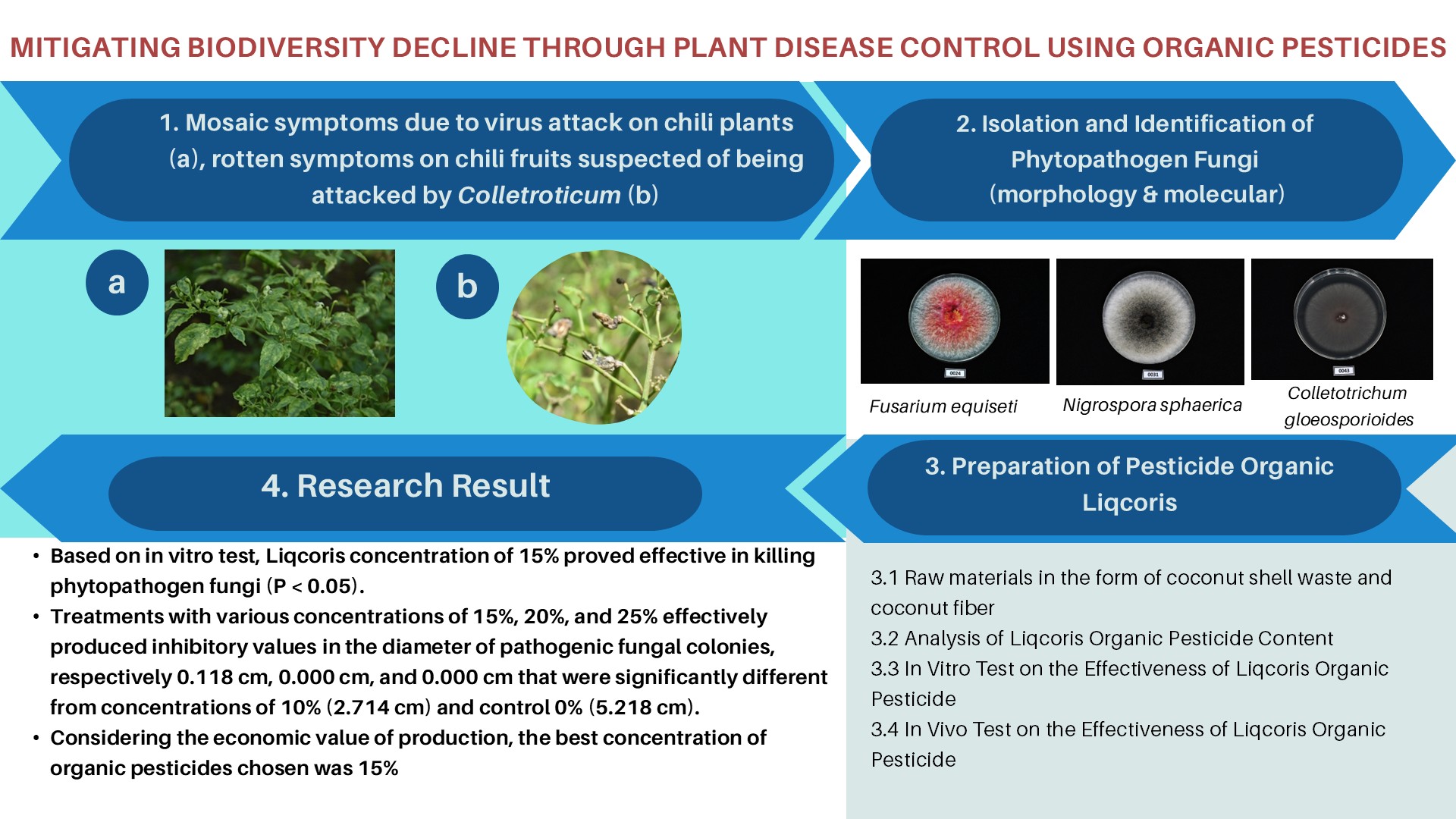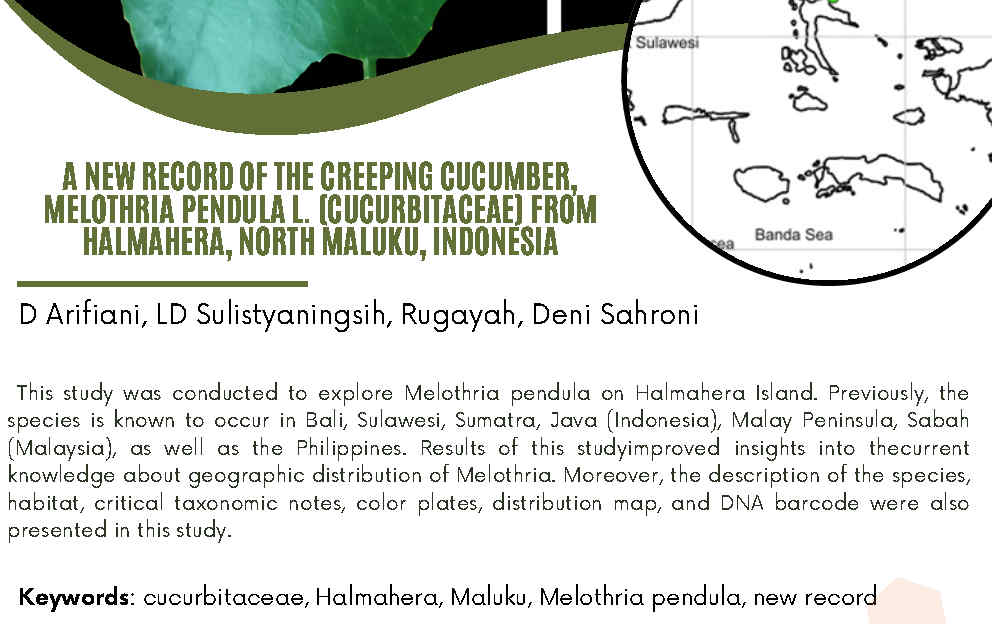RAPID DETECTION OF THE AFRICANIZED HONEY BEE: A TOOL FOR INDONESIAN ANIMAL QUARANTINE
Vol. 16 No. 1 (2009)
Research Paper
July 29, 2011
January 11, 2024
Downloads
Bees (AHBs) are present in populations of imported Apis mellifera in Indonesia.
The cytochrome b (cyt b gene) was amplified from mitochondrial DNA and digested
with the BglII restriction enzyme (cytb/BglII). Two types of animal DNA extraction
kits were used and found suitable for rapid preparation of DNA from A. mellifera
by the Animal Quarantine facility. Results showed that all 94 colony samples from
beekeepers in Java produced a 485 bp PCR product from the amplification of this
gene. Two DNA fragments of 194 and 291 bp from all samples were produced after
digestion with BglII. This cytb/BglII result together with the DNA sequence of cyt
b showed that all collected samples of A. mellifera were the non-AHB type. Hence,
this study did not detect AHB in Indonesia.
Key words :Â Apis mellifera, molecular detection methods, DNA, cytochrome b, mitochondrial
genetics
RAFFIUDIN, R., BINTAR, A., WIDJAJA, M. C., FARAJALLAH, A., & PURWANTARA, B. (2024). RAPID DETECTION OF THE AFRICANIZED HONEY BEE: A TOOL FOR INDONESIAN ANIMAL QUARANTINE. BIOTROPIA, 16(1). https://doi.org/10.11598/btb.2009.16.1.65
Downloads
Download data is not yet available.
Copyright (c) 2017 BIOTROPIA - The Southeast Asian Journal of Tropical Biology

This work is licensed under a Creative Commons Attribution-NonCommercial-NoDerivatives 4.0 International License.
Authors who publish with this journal agree with the following terms:
- Authors retain copyright and grant the journal right of first publication, with the work 1 year after publication simultaneously licensed under a Creative Commons attribution-noncommerical-noderivates 4.0 International License that allows others to share, copy and redistribute the work in any medium or format, but only where the use is for non-commercial purposes and an acknowledgement of the work's authorship and initial publication in this journal is mentioned.
- Authors are able to enter into separate, additional contractual arrangements for the non-exclusive distribution of the journal's published version of the work (e.g., post it to an institutional repository or publish it in a book), with an acknowledgement of its initial publication in this journal.
- Authors are permitted and encouraged to post their work online (e.g., in institutional repositories or on their website) prior to and during the submission process, as it can lead to productive exchanges, as well as earlier and greater citation of published work (See The Effect of Open Access).









